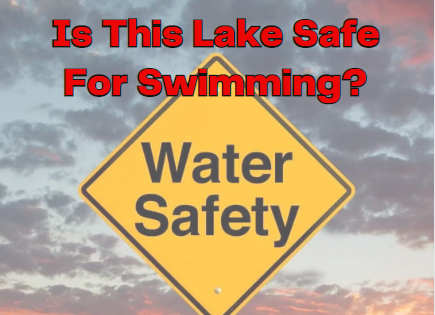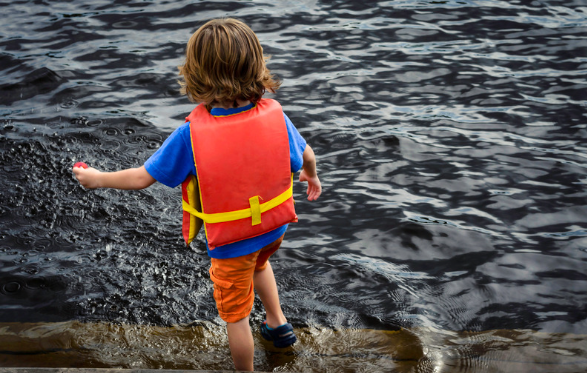
One of the most frequently asked questions when hunting for the perfect lake property is, ” Is this lake safe for swimming?”. For many people its actually the most important question. Keep in mind, clear does not always equal clean. Whether you are an avid swimmer yourself, or worried about guest that may want to swim, there are a few things to keep in mind.
Water Quality Reports
Public swimming beaches are routinely sampled to check bacteria levels to make sure the water is “safe” for body contact. Sample results and beach advisories/closures are typically posted on the towns website. This is the best source for information on a public body of water, but what about the many private lakes and ponds? The first place to look would be if the lake has an association. Most active lake associations main goal is the health of the lake that it represents. This can include many factors such as weed control, usage type, safety rules, and water quality. E.coli testing would typically be done during the warmer months, as well as notifications of any serious algae blooms. No association? Aside from taking the initiative to form one, a lakefront home owner can purchase self test kits and send samples to a local lab.
Lake Safety is not only about clean water
As a lakefront homeowner, having a safe area to swim can be one of your biggest assets. However it can also be troublesome if not taken seriously The following are things to be aware of when opening your home up.
.
- Be Aware of Hazards & Weather
- Pay attention to approaching storms- swimming and lightening don’t mix!
- Hazards, such as dams, underwater obstacles, or rocks and debris.
- Drop-offs that can unexpectedly change water depth.
- Other people’s activities in the same waters, such as boating
- Establish and Enforce Rules and Safe Behaviors
- Swim sober.
- Supervise others sober and without distractions, such as reading or talking on or using a cell phone.
- Swim with a buddy.
- Take Additional Water Safety Steps
- Supervise children at all times when near a body of water.
- Keep kids under age 5 within arm’s reach.
- Don’t depend on swimming aids like floaties; opt instead for approved flotation devices, especially when in open water or on a boat.
- Know the signs of drowning (they aren’t always what you think).
- Learn CPR.
- Get your kids swimming lessons (and you, too, if needed).
Being a responsible lakefront homeowner means taking an active role in maintaining the health and safety of your lake. By monitoring water quality, following safe behaviors, and taking other steps to protect the environment, you can help ensure that your lake remains a beautiful and enjoyable place for years to come. With the right approach, living on a lake can be a dream come true while also being a responsible and caring steward of this precious natural resource.
Posted by Scott Freerksen “The Lake Guy”


